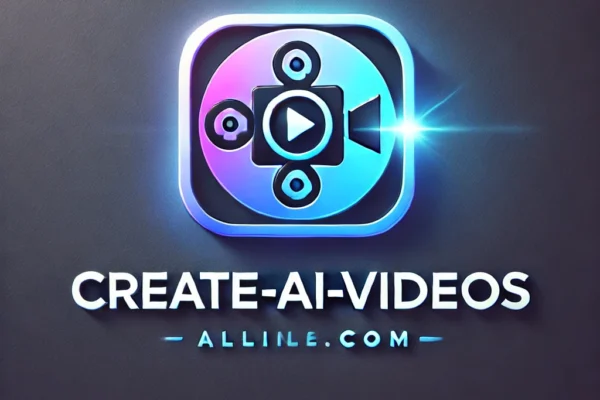
KPMG 20th annual Global Semiconductor Outlook
The semiconductor industry, which makes tiny computer chips for everything from phones to cars, is expected to grow in 2024! After a bit of a slump in 2023, companies are hopeful as sales of chips for artificial intelligence (AI) and cars are going up. The biggest concern, though, is finding enough skilled workers. There are simply not enough people with the right training to fill all the jobs, so companies are partnering with universities and trying to make their workplaces more attractive to keep their employees happy. Companies are also focused on making their supply chains more diverse and resilient, meaning they want to source materials and parts from different places around the world in case problems arise in one location. While companies are excited about the potential of AI, they are also cautious about the economy and government regulations, so they are being careful about how much money they spend on new equipment and research. https://kpmg.com/kpmg-us/content/dam/kpmg/pdf/2024/global-semiconductor-industry-outlook.pdf


